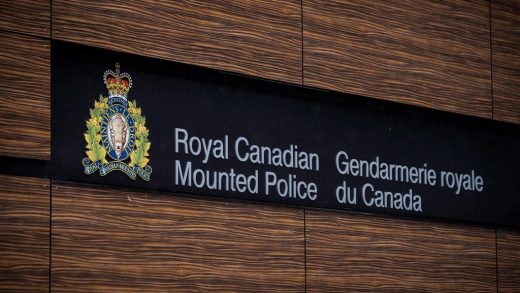Possible scenarios that could play out in Ottawa as the Liberal government teeters

OTTAWA – Prime Minister Justin Trudeau is said to be reflecting on his future over the holidays after the resignation of his top cabinet minister, Chrystia Freeland, in mid-December. The bombshell move prompted a fresh wave of calls for Trudeau to step down as Liberal leader from inside and outside the caucus.
With MPs set to return to the House of Commons on Jan. 27, the Liberal grip on power appears tenuous. The NDP, which has been a steady ally of the minority government since the 2021 election, is no longer planning to support the Liberals.
Here is a look at some of the scenarios that could play out in coming weeks:
Prorogation
Regardless of whether Trudeau resigns as Liberal leader, the government could seek prorogation to end all House of Commons business.
If Gov. Gen. Mary Simon honours the prorogation request, all outstanding legislation effectively dies on the order paper.
Once the House reconvenes, a new throne speech would set out the government’s fresh legislative agenda. In addition, legislation that was in progress before prorogation could potentially be revived.
In 2008, then-prime minister Stephen Harper notably prorogued Parliament shortly before a non-confidence vote that could have seen his minority Conservative government defeated and replaced by an NDP-Liberal coalition supported by the Bloc Québécois.
Non-confidence vote
The Conservatives, Bloc Québécois and NDP all say they are ready to bring down the Liberal government through a non-confidence vote.
Passage of a non-confidence motion in the House of Commons could trigger an immediate election campaign.
An opportunity to defeat the government could come as soon as Jan. 30, prompted by New Brunswick Conservative MP John Williamson’s plan to advance a motion through the public accounts committee.
Williamson says he intends to introduce a non-confidence motion at the Conservative-chaired committee’s next meeting on Jan. 7. Williamson says he would continue scheduling meetings throughout January if Liberal committee members filibuster the motion.
If the motion is successful, Williamson says, it would be forwarded to the House of Commons for further debate, and could be up for a vote as soon as Jan. 30.
The Liberals have survived previous Conservative non-confidence motions with support from the NDP. It appears that will no longer be the case. NDP Leader Jagmeet Singh says his party will bring forward its own non-confidence motion at the earliest possible time, no matter who is Liberal leader.
The Conservatives, NDP, and Bloc Québécois will all get opposition days before March 26, when they are allowed to introduce business like non-confidence motions.
However, it’s up to the government House leader to schedule those days, so they may not take place before mid-to-late March.
Liberal leadership
If Trudeau heeds the calls to resign as Liberal leader, it will trigger a contest to succeed him.
According to the Liberal party constitution, the party executive has to call a meeting within 27 days of the leader’s resignation to establish rules and infrastructure for a leadership contest.
A provision in the constitution says the Liberal caucus can be consulted on who becomes the interim leader. A Dec. 23 letter from the party’s Atlantic caucus urges Trudeau to step down and calls for caucus consultation in the event of a leadership race.
There is no rule in the constitution dictating how long a leadership contest has to be, but candidates must gather the necessary signatures and deliver a written nomination letter to the party president at least 90 days ahead of the vote.
A registered Liberal is defined as someone who has been a party member for 41 days before the vote and complies with registration requirements.
All registered members get a vote, with the ballots weighted equally for each electoral district in Canada. Each district is worth 100 points.
Trudeau stays on
There is no mechanism within the Liberal party for caucus to remove Trudeau as leader in this circumstance, so the decision to stay or go rests solely with him.
If Trudeau tries to weather the storm he could lead the party into the next election, which must take place by October. Given the opposition parties’ pledge to trigger an early election, Canadians could be going to the polls much sooner.
The Liberals appear to have a tough road ahead in trying to secure a fourth mandate, with public opinion polls suggesting the Conservatives have held a sizable lead for over a year.
This report by The Canadian Press was first published Jan. 2, 2025.
Credit: Possible scenarios that could play out in Ottawa as the Liberal government teeters


